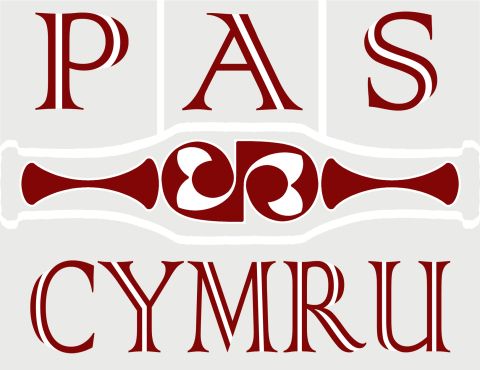Glossary
Guide to prehistoric and historic periods
Prehistory – The period of time before we have surviving written documentation, i.e. from the earliest times up to the Roman period (1st to 5th centuries AD).
Palaeolithic – From c.500,000 to c.8,300 BC.
Mesolithic – From c.8,300 to c.4,000 BC.
Neolithic – From c.4,000 to c.2,500 BC.
Chalcolithic / Copper Age - From about 2,500-2,200/2,100 BC.
Bronze Age – From c.2,500 to c.800 BC.
Iron Age – From c.800 BC to the mid-to-late first century AD.
Roman – The Roman period in Britain is traditionally described as lasting from the invasion of 43 AD to 410 AD. However, in Wales, the Romans did not take control until about 80 AD.
Early Medieval – From 410 AD to the Norman Invasion of 1066.
Medieval – From the Norman invasion in 1066 to about 1500.
Post Medieval – From the 1540s to the mid-18th century.
Other terms
Adze – A tool for cutting and shaping wood. Similar to an axe, but with the cutting edge perpendicular to the shaft.
Bezel – The part of a finger ring which sits on top of the finger. It can be shaped, set with a stone, or engraved.
Flint knapping - The art and science of shaping flint tools.
Hacksilver – Pieces of cut up silver. They may have been used for melting down to be made into other objects, or as currency.
Hoard – A group of objects buried together at the same time (the term excludes objects associated with graves).
Iconographic - Containing a religious image.
Ingot – Cast metal, often of standardised sizes or weights, which can be then further worked into other objects.
Intaglio – A flat stone set into a ring which has been engraved with a device or image so it can be used as a seal.
Midden – A rubbish dump containing refuse, varying in scale from small household activities to larger mounds as the residues of larger feasting events and representing wider community activities.
Numismatics – The study of coins, tokens and medals.
Palstave – A type of bronze axe-head used in the Middle Bronze Age. It was fastened to the handle with high-sided flanges.
Penannular – Often used to describe a brooch in the shape of an incomplete ring, used to fasten clothing from the Iron Age to the Early Medieval period.
Reformation – The period of time, beginning in the 1530s in Britain, when parts of Europe split away from the Roman Catholic church to establish independent Protestant churches.
Reliquary – A small container, usually made of precious metals and elaborately decorated, containing the relics (such as fragments of bone, wood or cloth) of a saint.
Silver-gilt – Silver which has been given a coating of gold to enhance its appearance and prevent tarnishing.
Socketed axe – A type of bronze axe-head developed in the Late Bronze Age which had an open socket for inserting a wooden handle.
